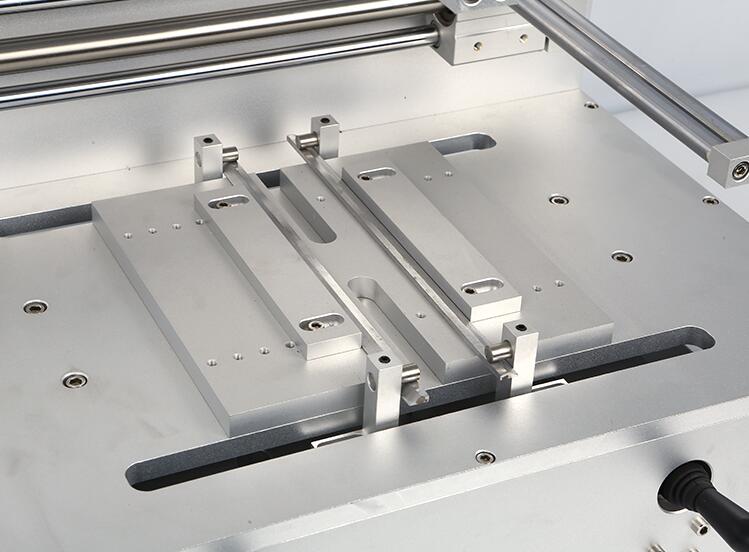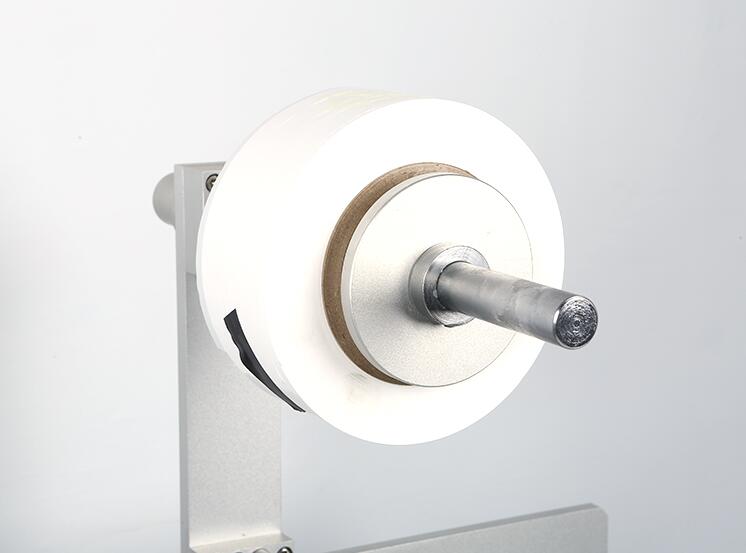Home > News
Lithium battery manufacturing can be uniformly divided into four major processes: pole sheet production, cell assembly, cell activation detection and module /Pack packaging, among which, cell assembly belongs to the middle production link, mainly including winding or stacking, cell pre-packaging, cell liquid injection and other processes.
Winding refers to the production process or winding die-cutting mechanism of the pole sheet wound into a cell, laminated refers to the die-cutting process made in the single pole sheet laminated into a cell. Generally speaking, winding is used for square and cylindrical batteries, and stacking is used for square and soft pack batteries. According to GGII calculation data, in the lithium equipment, the value of the middle equipment accounted for about 35%, of which, the winding/lamination machine is the core of the middle equipment, the value accounted for about 70%.
1. The process difference between stacking machine and winding is mainly in die cutting and polar composition
In the die cutting process, the traditional winding adopts bilateral die cutting, the die cutting pole ear spacing is different, and the punching position has a Mark hole for positioning; The laminated sheet adopts unilateral die-cutting, the pole ear spacing is the same, and the equal spacing will be cut off. In the polar composition process, the winding of the positive and negative electrode sheets is continuous, and the stacking is a sheet material. In the case of the same number of layers, the number of pole ears of the lamination battery is twice as much as that of the winding battery, and the diaphragm tension is almost zero, and the porosity and the raw material are consistent. At present, the mainstream laminator equipment routes on the market mainly include Z-type laminator, cutting laminator, thermal composite laminator and winding machine.
2. stacking significantly improves battery energy density and safety. The disadvantage lies in efficiency and process control
Compared with winding batteries, stacking batteries have certain advantages:
(1) Higher volume energy density upper limit: in the case of the same volume of cell design, the energy density of the laminated cell is about 5% higher
(2) More stable internal structure and higher safety: there is no uneven corner internal stress problem, each layer of expansion force is close, so the interface can be maintained flat, the internal structure of the power battery bms is more stable, while the corner force is uniform, and the risk of fracture is reduced
(3) Longer cycle life: the number of poles is twice that of the wound battery, the internal resistance is correspondingly reduced by more than 10%, and the cycle life is about 10% higher than that of the wound
(4) More suitable for high rate, large size and special-shaped batteries. However, lamination also has disadvantages such as low production efficiency, low yield, large equipment investment, and large process difficulty, which are the main factors restricting mass production before.

3. Battery stacking machine: the core part of the production of lithium batteries
stacking and winding are the core links of the middle stage production of lithium batteries, and the value of GGII accounts for about 70% of the middle stage equipment. The manufacturing of all kinds of lithium batteries can be uniformly divided into four major processes: pole wafer production, cell assembly, cell activation detection and module /Pack packaging. Among them, cell assembly belongs to the middle part of the production of lithium battery cells, mainly including winding or lamination, cell pre-packaging, cell liquid injection and other processes, winding refers to the production process or winding die-cutting mechanism made of the pole sheet wound into the cell, lamination refers to the die-cutting process made of the single pole sheet laminated into the cell.
Generally speaking, winding is used for square and cylindrical batteries, and lamination is used for square and soft pack batteries. According to GGII's estimated data, in lithium equipment, the value of the middle equipment is about 35%, of which the winding/lamination machine is the core of the middle equipment, and the value accounts for about 70% of the middle equipment. The main difference between lamination and winding is the two processes of die-cutting and polar composition. The difference between the traditional square battery winding process and lamination process is mainly in the die cutting process and the polar composition process, and the processing methods of other processes are not very different.
At present, there are four main types of mainstream laminating machine equipment routes on the market, which are Z-type laminating machine, cutting laminating machine, thermal composite laminating machine and winding machine. Among them, Z-type laminating machine and cutting laminating machine are essentially Z-type laminating machine, which is currently the most widely used in China. Thermal laminating machine is to bake the positive and negative electrode sheet and the diaphragm heat composite, and then roll, cut into composite units and then laminated, compared with the Z-shaped laminated laminated multi-thermal composite and roll and other processes, the technical difficulty is higher. Folding machine is to cut the positive and negative electrode pieces into units, respectively pasted on the diaphragm, and then wind the way to achieve two groups of positive and negative electrode pieces overlapping.

4, stacking advantages and disadvantages analysis: improving battery energy density and safety is limited by efficiency and process issues
Summary: stacking process can better improve battery performance, but there are problems such as low production efficiency and large equipment investment. Compared with the winding battery, the laminated battery theoretically has the advantages of higher volume energy density upper limit, more stable internal structure and longer cycle life, and is more suitable for the production of high-rate batteries, large-size batteries and special-shaped batteries, but it also has the disadvantages of low production efficiency, low yield, large equipment investment, and difficult process.
The high utilization rate of laminated space is conducive to improving the battery energy density. The winding battery has a curvature in the winding corner, which is lower than that of the laminated battery in terms of space utilization, and the laminated structure can make full use of the corner space of the battery, according to the data of the "White Paper on the development of high-speed laminated batteries in China's vehicle scale", from the winding to the laminated battery, the VDA capacity is increased by about 2.5%, in the case of the same volume of cell design. The energy density of the laminated cell is about 5% higher. The laminated battery does not have the problem of uneven internal stress at the corner, and the internal structure is more stable. In the battery cycle process, with the embedding of lithium ions, the positive and negative electrode sheets are expanded, and the winding battery is easy to produce wavy deformation due to the inconsistency of stress in the inner and outer layers at the corner, resulting in the deterioration of the battery interface, uneven current distribution, and unstable internal structure.
The laminated battery does not have the problem of uneven internal stress at the corner, and the expansion force of each layer is close, so the interface can be kept flat and the internal structure is more stable. Laminated batteries are safer. During the battery cycle, the internal stress at the corner of the winding battery cannot be fully released, which may lead to corner fracture, resulting in problems such as depowder, burr, and even short circuit in the battery, bringing the risk of thermal runaway. The laminated battery corner force is uniform, which greatly reduces the battery safety risk.
Contact: Lika
Phone: +86-19906035385
Tel: 0086-592-7161550
Email: sales@aotbattery.com
Add: No.168, Zhaogang Road, Xiamen City, China